I am a bit confused with conducting a test of proportions in R. Maybe this is super obvious, but prop.test behaves differently than I expected, and I would like to know why and what to use instead. The application is on a dataset of protest events.
I constructed the following dataset:
where the name refers to the type of the percentage of events being calculated. The first row refers to events organized after elections (aft_elect_prt). Within each of this category I calculate the number of events which have (past_pm1) or have not been linked to a group of a former prime minister (past_pm0) . Total refers to the number of events in the dataset of the specific type. Share0 is past_pm0/total, share1 is past_pm1/total.
I want to test the null hypothesis that there is no statistically significant difference between the two shares.
Reading the documentation of prop.test I set it up as:
prop.test(x = as.numeric(subseted$past_pm1),
n = subseted$total,
p = subseted$share0,
alternative = "two.sided",
conf.level = 0.95)
However, this obviously does not test what I want. It also results in only one p value, whereas I would like to extract a p value for each row. What function/test should I use instead?
This is the dput code for the dataset:
structure(list(names = c("aft_elect_prt", "ANSM", "bef_elect_prt",
"big_event", "conf_viol", "coorg", "demo_petition", "economic",
"NSM", "political"), past_pm0 = c(49.66101, 78.54659, 65.57226,
49.67205, 39.641924, 69.52704, 286.8565, 68.53114, 100.00488,
117.97347), past_pm1 = c(33.796, 14.30855, 34.40608, 31.14065,
9.017051, 30.64896, 120.4515, 20.86095, 19.00836, 71.24065),
total = c(83.4570157825947, 92.8551414906979, 99.9783371835947,
80.8127028793097, 48.6589741557837, 100.176002234221, 407.307988807559,
89.3920872062445, 119.013234868646, 189.21411934495), share0 = c(0.595048954654295,
0.8459045857775, 0.655864678761227, 0.614656461548911, 0.814688856223823,
0.69404885850245, 0.704274180429913, 0.766635416419863, 0.84028368870382,
0.623491895892433), share1 = c(0.404950976057405, 0.154095398168484,
0.344135349408928, 0.385343502821669, 0.185311161125829,
0.305951119194593, 0.295725847049147, 0.233364614832964,
0.159716354412006, 0.376508107569518)), row.names = c(NA,
-10L), class = "data.frame")
